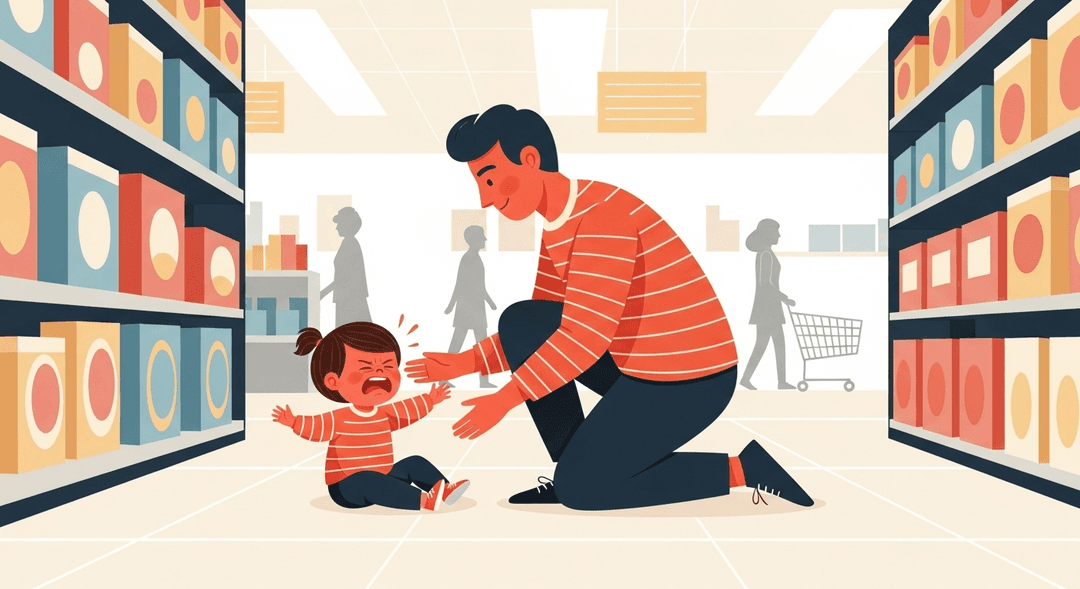Be Patient with Emotional Outbursts (Especially in Young Children)
Ever tried reasoning with a pint-sized tornado mid-meltdown? Yeah, me too. Spoiler: it’s like negotiating with a blender. If you’ve ever stood in the cereal aisle, sweat beading, while your child channels their inner opera singer, this one’s for you. Let’s talk about not losing your mind (or your cool) when the tiny humans lose theirs.
When you respond calmly to your child's emotional fire drill, you're actually rewiring their little brains for better self-regulation. Staying chill helps them feel safe, which lowers their stress hormones and builds trust. Over time, this teaches them that big feelings aren’t scary and that you’re their safe harbor, not just the snack provider.
How to do it
-
Pause and take a deep breath before reacting. Channel your inner calm—ask yourself, “Is this the hill I want to die on?”
-
Get down to your child’s level. Use a calm voice, even if you’re feeling anything but calm inside.
-
Offer comfort rather than logic in the heat of the moment. Focus on soothing your child instead of explaining or reasoning.
-
After the emotional storm passes, talk it out using simple words. For example: “You were really mad when your sock felt weird, huh?”
-
Keep snacks nearby for both you and your child. Sometimes a little food can help everyone feel better.
Tips:
- Take a moment to breathe before responding.
- Stay physically and emotionally present by getting down to their level.
- Use a gentle tone, even if you’re frustrated.
- Validate their feelings with simple, clear language.
- Don’t underestimate the power of snacks for calming nerves.
